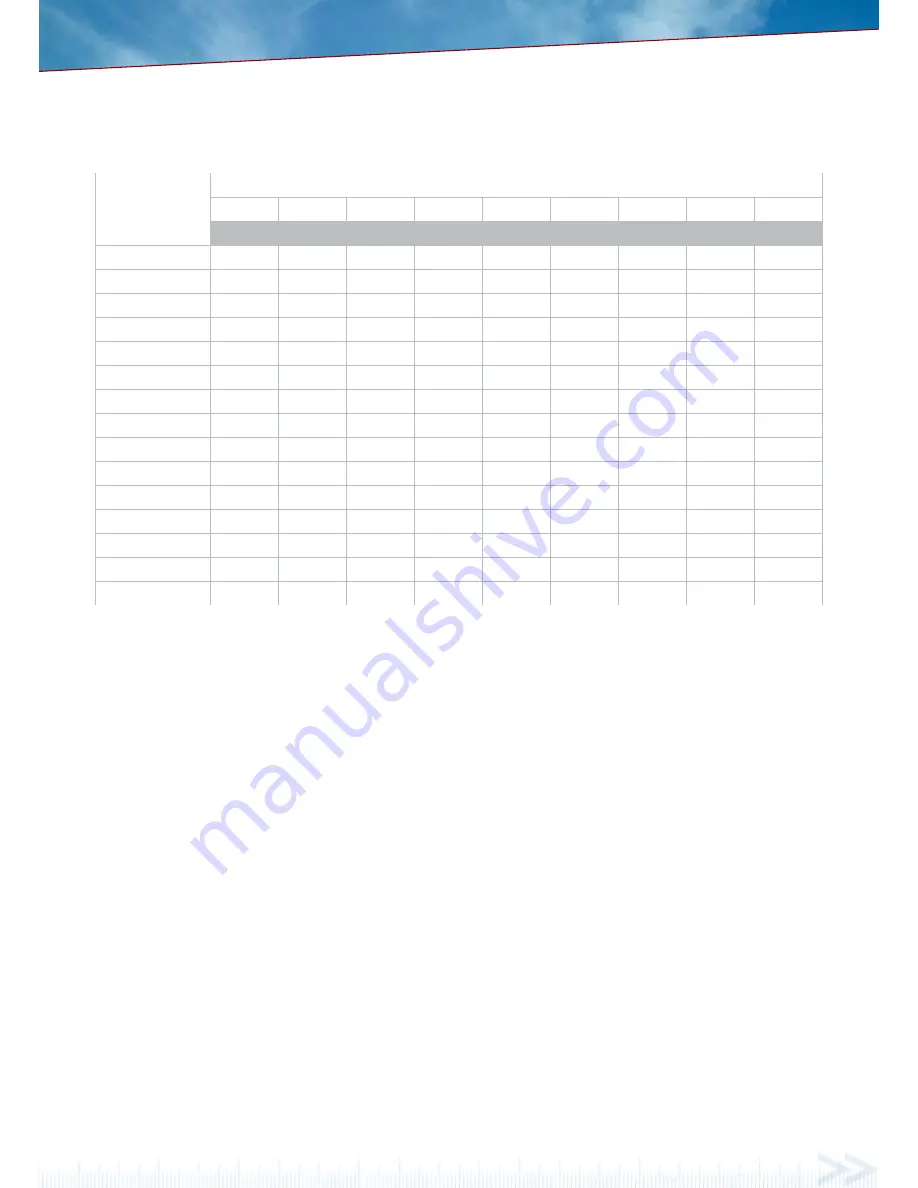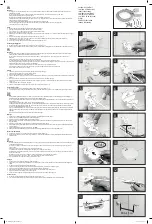
Rainfall Intensity
(mm/hr)
Roof Catchment Area
10m
2
20m
2
30m
2
40m
2
50m
2
75m
2
100m
2
150m
2
200m
2
Cross sectional area of gutter (mm
2
) required to drain above roof catchment area into one downpipe.
90
1620
2440
3060
4090
4890
6790
8500
12380
15240
100
1780
2670
3560
4445
5330
7390
9280
13030
16640
110
1860
2830
3810
4780
5720
7960
9950
14000
18500
120
1930
3000
4080
5150
6170
8540
10220
15060
19250
130
2000
3160
4360
5500
6570
9060
11390
16110
20610
140
2070
3340
4640
5830
6940
9610
12110
17180
22030
150
2170
3540
4900
6230
7390
10170
12790
18080
23120
160
2240
3730
5170
6530
7810
10750
13500
19000
24000
180
2470
4110
5700
7170
8500
11810
14800
20390
25560
200
2610
4440
6210
7780
9310
12880
16110
22360
28000
225
2900
4920
6780
8530
10240
14110
17720
24720
31000
250
3060
5340
7400
9310
11060
15310
19250
27200
34200
275
3270
5760
7970
10040
12000
16560
20610
28930
36130
300
3500
6190
8530
10750
12890
17730
22170
30770
38200
350
4000
7030
9640
12140
14530
20000
25280
34610
42380
Table 3 | Eaves Gutter Sizes For Various Rainfall Intensities
And Roof Catchment Areas Per Downpipe
(Based on minimum size downpipe)
Responsibilities of the Installer
It is the responsibility of the installer to ensure that the project is installed as required by the rainwater goods designer. They also
need to ensure that the directions provided in the Codes mentioned above are followed. Adequate fall towards the downpipes must
be given to gutters (a minimum of 1 in 500 for eaves gutters and 1 in 200 for internal gutters). The installer must ensure that the
correct number of downpipes of sufficient size are installed, that they are clear of debris and able to discharge correctly.
Responsibilities of the Owner
It is the responsibility of the owner to ensure that their gutters and downpipes are adequately maintained and kept completely free
of leaf debris, branches and twigs, and both organic and inorganic materials. There is no one solution that can be relied upon to do
this, and the best solution may involve a number of strategies. Should the design provided prove inadequate due to local conditions,
many of the additional protective measures described above can be retro fitted and may prove beneficial.
Overflow Measures
Examples of continuous and non-continuous overflow measures that may be used in conjunction with each other to meet the
relevant requirements are provided in the Building Code of Australia and examples are shown in Figure 6. Continuous overflow
measures allow for overflow along the complete length of the gutter, while non-continuous overflow measures are located at specific
points along the length of the gutter. Care needs to be taken to ensure the system complies with the Building Code of Australia and
the current Australian Standards.
Gutters may become blocked anywhere along their length which means non-continuous overflow measures may not be sufficient to
prevent water flowing back into a building.

























